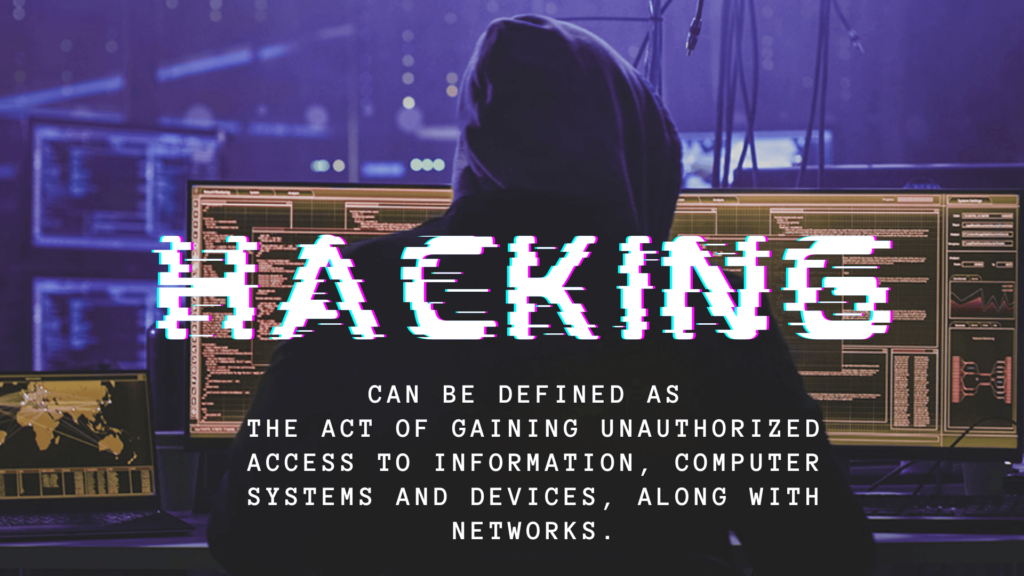Social engineering is a strategy used by cybercriminals to influence individuals into revealing sensitive information or performing actions that compromise their security. Social engineering incursions are organized to manipulate human weaknesses, such as trust, fear, and curiosity, rather than technical vulnerabilities. In this article, we will explore the impact of social engineering on cybersecurity and how individuals and organizations can protect themselves against these attacks.
Contents
The Impact of Social Engineering on Cybersecurity

Social engineering attacks can have a significant impact on cybersecurity, and the consequences can be severe. Here are some of the ways social engineering attacks can impact cybersecurity. Social engineering attacks can result in data breaches, where sensitive information is accessed or stolen by cybercriminals. These breaches can lead to financial losses, reputational damage, and legal liabilities. Social engineering attacks can also be used to deliver malware, such as viruses, trojans, and ransomware. Malware infections can result in data loss, system downtime, and financial losses. Social engineering attacks can be used to steal financial knowledge, such as credit card digits and bank account details. This information can be used for financial fraud, resulting in financial losses for individuals and organizations. Social engineering attacks can also be used to pilfer personal data, such as social security digits and passwords. This information can be used for identity theft, which can contribute in financial losses and reputational damage.
Types of Social Engineering Attacks
Social engineering attacks come in different forms, and cybercriminals are constantly evolving their techniques. Here are some of the most common types of social engineering attacks. Phishing attacks concern transmitting emails or messages that seem to be from a delegated source, such as a bank or a social media platform. These messages usually contain a link that leads to a fake website where individuals are asked to enter their IDs & passwords or other sensitive information. Spear phishing attacks are targeted attacks that are developed to look like legitimate emails or messages from a trusted source. These attacks are often personalized, using information about the individual to increase the chances of success.
Baiting attacks involve offering something of value, such as a free download or a discount, in exchange for sensitive information. These attacks are designed to appeal to human greed and curiosity. Pretexting attacks involve creating a false identity or a fake story to gain the trust of the individual. These attacks are designed to exploit human trust and can be used to gather sensitive information or gain access to secure systems.
Protecting Against Social Engineering Attacks
Protecting against social engineering attacks requires a combination of awareness, education, and technical solutions. Here are some of the ways individuals and organizations can safeguard themselves against social engineering raids:
The first step in protecting against social engineering attacks is awareness and education. Individuals and organizations must understand the different types of social engineering attacks and how to identify them. Training programs can help individuals recognize and respond to social engineering attacks. Multi-factor authentication (MFA) can be defined as a security means that requires individuals to provide two or more forms of authentication before accessing a system or application. MFA can help protect against social engineering attacks by adding an additional layer of security. Security software, like antivirus and anti-malware software, can help protect against social engineering attacks. These solutions can detect and block malicious content, such as phishing emails and malware. Individuals should be vigilant when receiving unsolicited emails or messages and should not click on links or download attachments unless they are sure of their authenticity.
The Takeaway
In conclusion, social engineering attacks have become increasingly prevalent in today’s digital world, and their impact on cybersecurity cannot be underestimated. Cybercriminals are constantly coming up with new and sophisticated ways to trick individuals and organizations into divulging sensitive information or performing actions that could exploit their security. The consequences of social engineering attacks can range from financial losses to reputational damage, and the threat they pose to cybersecurity is significant. However, by implementing security controls, providing security awareness training, and encouraging user vigilance, individuals and organizations can take measures to contain social engineering attacks and protect themselves from their impact. It is important for everyone to remain vigilant and stay up-to-date on the latest social engineering tactics in order to stay safe and secure in the digital age.



